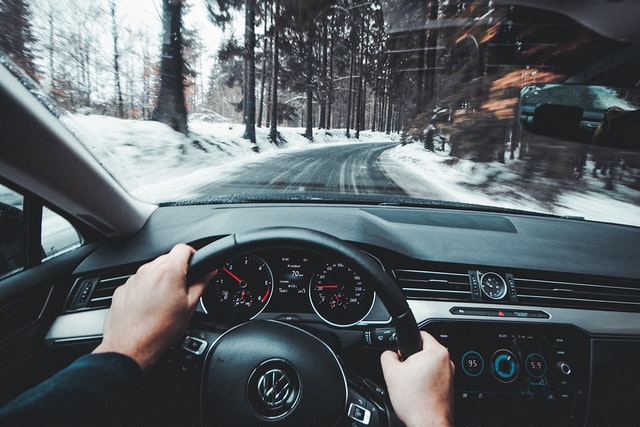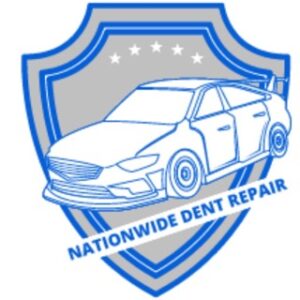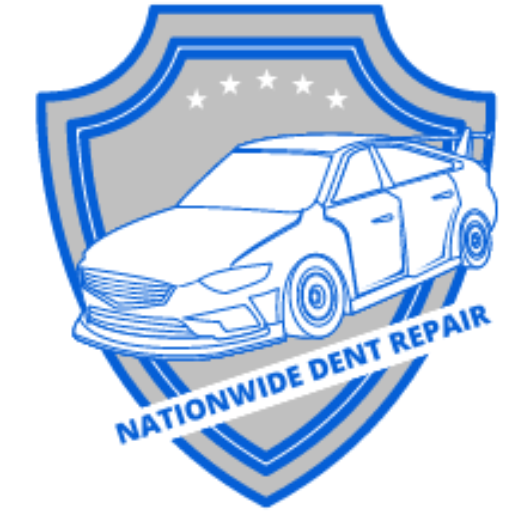
Slamming on the Brakes
What happens when you slam on your brakes? Your wheels lock up and it’s very likely that you’ll skid. The rapid increase in force and heat make your tires wear out faster. But it’s not just the wheels that are affected. Slamming on the brakes can cause your brake pads to wear down. Iron dust residue collects on your wheels as the brake pads wear out and it eventually causes corrosion.
Of course, there are many scenarios where you might not have a choice. For example, the car ahead of you might stop suddenly, a deer might cross the road in front of you, or a family might walk behind you as you’re backing out of a parking spot. But as a pattern, your braking should be gentle. Next time you’re on the road, try easing to a stop slowly.
Pedal to the Metal
Sudden acceleration is another thing that will wear out your wheels quickly. Do you often drive stressed, frustrated, or when you’re in a rush? This habit can be a symptom of that. Before you get in your car, try breathing exercises to ease your stress before taking off. Or when you’re in a rush, adjust your timetable to avoid rushing. If you can’t change the situation, try practicing acceptance.
When the road is clear ahead of you, ease on the gas pedal slowly. That will keep your tires moving at their best speed.
Wrong Tire Pressure
You can avoid your wear by maintaining the proper air pressure. If the air pressure (PSI) is too low or high, it’ll affect how much grip you have on the road. For example, driving with very under-inflated tires will make for an uncomfortable ride and decrease braking power due to increased rolling resistance. But over-inflation isn’t much better. You should check your tire pressure monthly or just before any long road trip. To find out what your PSI should be, check the sticker on the inside of your drivers’ side door.
Use Your TPMS System
A good way to monitor air pressure is by using your tire pressure monitoring systems (TPMS). Most modern cars have them. This system uses sensors in the wheels of your vehicle that monitor what PSI level each wheel is at. In some vehicles, you can then get a readout of all four on your dashboard. In others, you’ll just get a notification if one or more wheels get too low. If you notice a dip in PSI, you should head to the gas station for some air.
Need Wheel Repair?
Do you need a tire replaced, bent wheel straightened out, or any other kind of vehicle damage repaired? Take your vehicle for the best rim repair in Southern MD. We’ll fix it up for you so that it’s as good as new. Speak to our staff at Nationwide Dent Repair, who will be happy to assist you!


Recent Comments